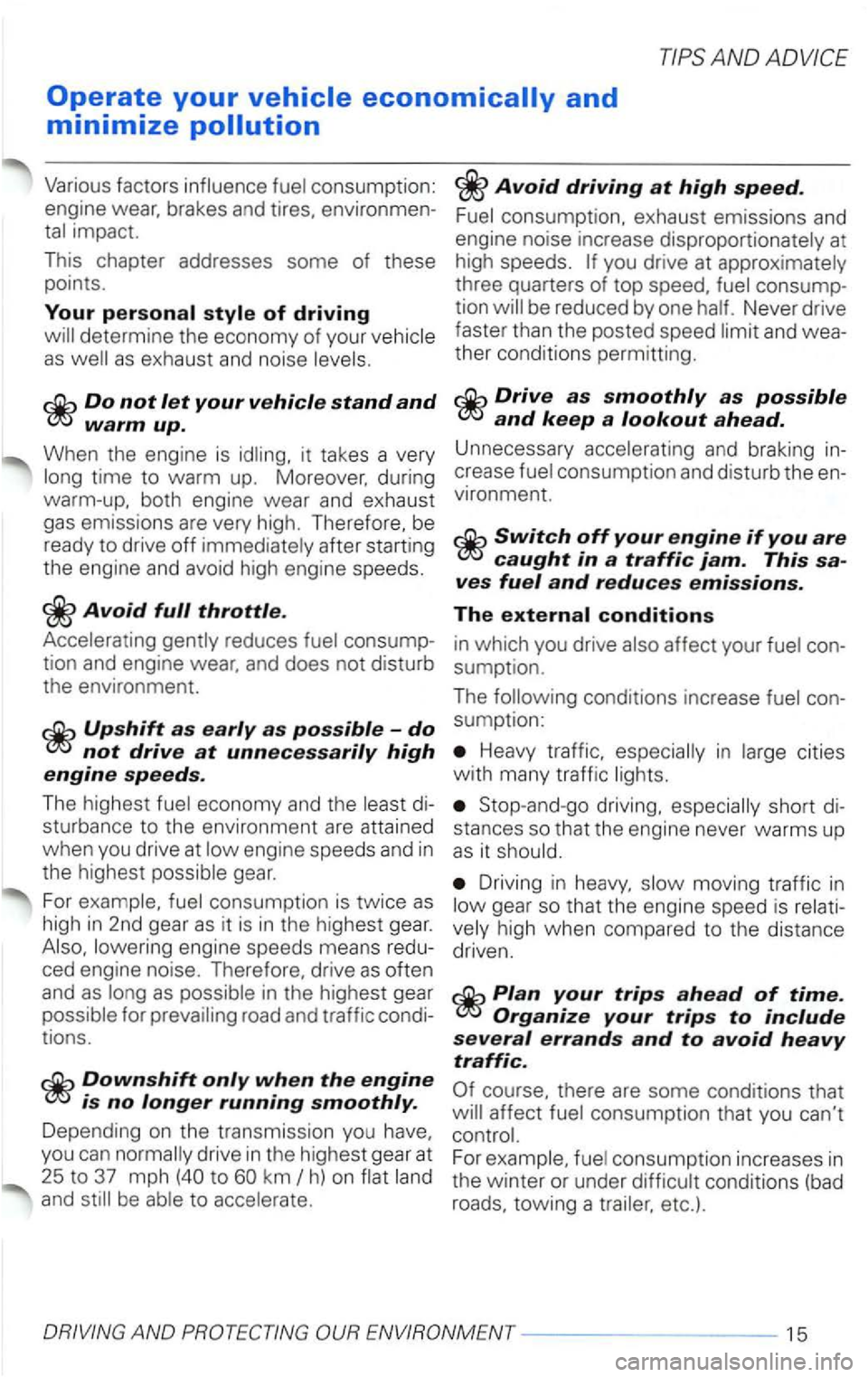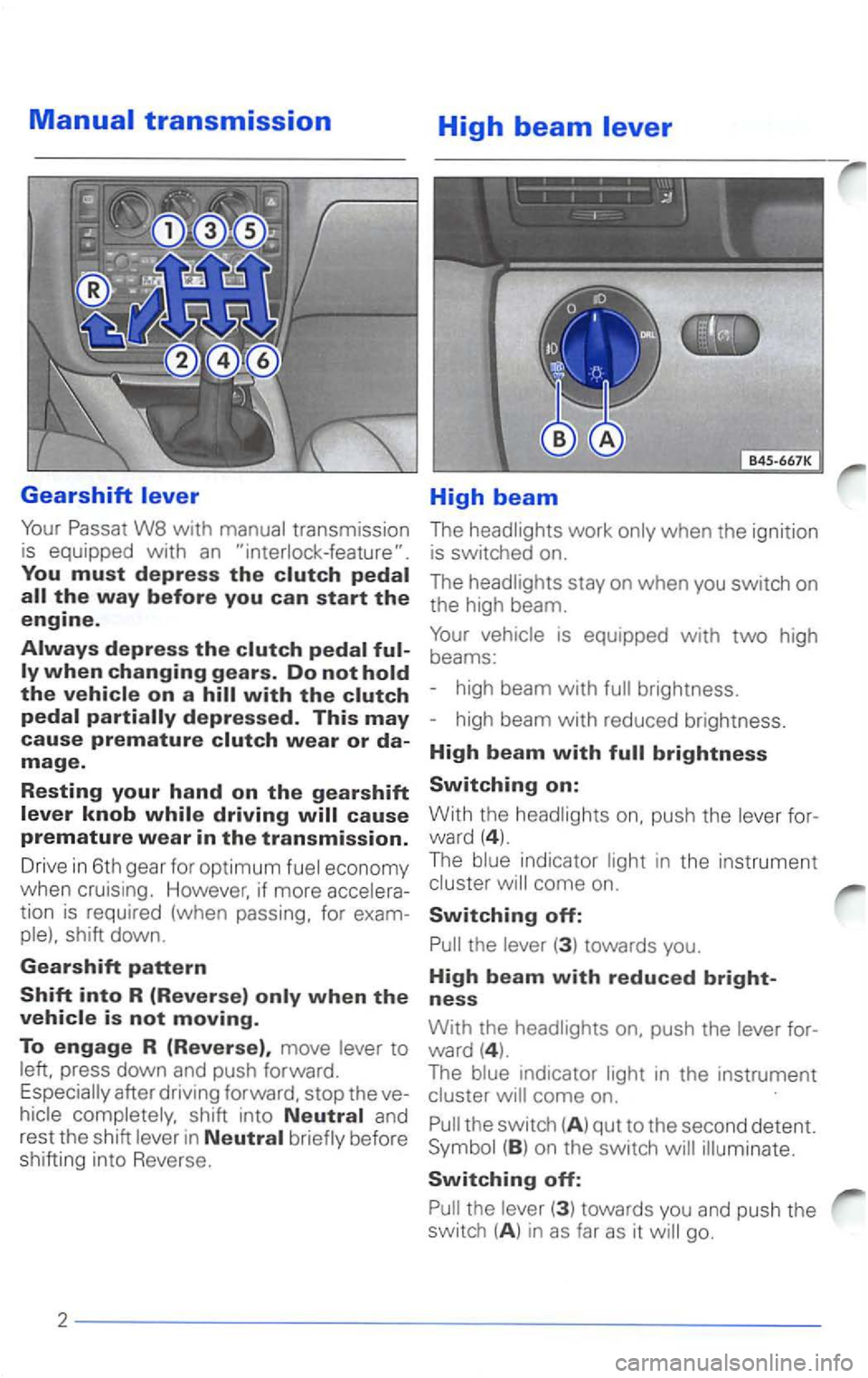Page 275 of 483

Engine
Fuel sp ecif ications .. Booklet 3.2
-fuel specs .......... booklet 3.2
pressu re .................... 21
Booklet 3.2
sp ecs .... ...... booklet 3.2
- Speci fications .
..... Booklet 3.2
Booklet 3.2 + 3.3
Enviro nm en t
-considerations .
..... Booklet 3.2
F
Fahrenhe it to Centr ig rade. sett ing .... 89
Fan
Radiat or ....... .... Booklet 3.2
Air cond ition ing ............ .....
Swit ch Air conditioning .........
Fastening Net ................ 72
em ergency ................. 43
Floor mats
......................... 67
Fog light
s-Front ... ................ 4 2
Folding
-Ou tside mirrors ................. 51
R ear backr est .................. 69
For wa
rd adjustment of seats ........ . 59
Fresh air .......................... 85
Fro nt arm rest . .................... 66
Fron t door pa ne l light ............... 4 9 Front
doors
....................... . 31
Front fog li ghts ..................... 42
Front interior light ... ... .
........... 49
Front map lights
.................... 49
Front passenger position
.......... . . 58
Fron t passenger's seat. 58
Front seats ...................... .. 57 ........ ............... Booklet 2.1
Fuel
Momenta ry co nsumptio n
Average consumpti on ........... 13
Fuel fille r flap re lease ... ............ 44
Fue l gauge ...
.. ...................
Fuses ................. Booklet 3.2
G
Garage door opener -Homel ink ...... 53
Gasoline engine - starting .......... 1
Engine coolan t tempera ture .... ... 9
- Fuel .
..........................
Odometer . . . . . . . . . . . . . . . . . . . . . . 1
-Tachometer ..................... 8
Gearshift lever ..................... 99
General
ill u strati on ........ .. ......... 3
Generator .
........................ 19
Glove box light
..................... 49
Glo ve Box/Compartm ent ............ 79
-Air Vent ........................ 79
- Light
.............. ............ 49
ALPHABEDCALINDEX------------------ ---------------111
Page 363 of 483
...
The switch A for the fuel filler flap release
the switch to unloc k the fuel filler
The also works with the ignition
switched off.
The fuel filler neck is on the right rear side
panel behi
nd the fuel filler flap. The fuel filler
neck is accessible after you have opened
the
prox. 2.1
ty.
Note
tainers,
wer, etc., be very
Page 364 of 483
Your tank has an on-board
vapors from escaping
from the tank and
you
tecting the environment, procedure
Turn off the ignition.
Unscrew
the
When
As soon as the correctly operated nozzle switches off automatically for the first time, the tank is full. Do not try to add more fuel, be
cause fuel may
After your tank. twist the
cap you hear a defin ite
or evaporating from the
Note
Running your engine may
cause vapors to escape or even
out of the tank. This
a
and can ignite
inside the por
inside the
and can cause fire and serious
burns.
container meets industry standards
TANK------------------3
Page 365 of 483
Fuel supply
rating indicates a
is very
important to
of engine performance .
The recommended
This
rating may be specified as or
used in the Uni
ted
Fuel Recommendation
The fuel recommended for your vehicle is unleaded premium grade ga
soline with a minimum octane rating of 91
is and in most European
countries. We recommend that you do not
take your to areas or countries whe
re may not be
Use of gasoline containing alcohol or MTBE (methyl tertiary butyl ether)
may use with
-must contain more than
2%
Note
Methanol fuels which do not meet these requirements may cause corrosion and damage to plastic and rubber components in the fuel system.
4
------------------FILLING TANK
Page 373 of 483
The first
For the first
As a of thumb:
avoid towing a
tres) of
From
Speeds can
Do not drive with unnecessarily
high engine speeds -upshifting early saves fuel, reduces noise and protects the environment -see also page 15.
Do not the engine Downshift
when the engine is no running
Page 376 of 483

Various factors influence fuel consumption:
engine wear. brakes
and tires, environmen
tal impact.
T his chapter addresses some of these
points.
Your
warm up.
When the engine is idling, it takes a very
long time to warm
up. Moreover. during
warm-up, both engine wear and exhaust
gas emissions are very high. Therefore, be
ready to drive
off immediately after starting
the engine and avoid high engine speeds.
Avoid
Upshift as early as possible -do not drive at unnecessarily high engine speeds.
The highest fuel economy and the least di
sturbance to the environment are attained
when you drive at l
ow engine speeds and in
the highest possible gear.
For example , fuel consumption is twice
as high in 2nd gear as it is in the highest gear.
Downshift only when the engine is no longer running smoothly.
Depending on the transmission you have.
you can normally drive in the highest gear at
25 to 37 mph
(40 to km
Avoid driving at high speed.
Fuel consumption, exhaust emissions and
engine noise increase disproportionately at
high speeds.
you drive at approximately
three quarters of top speed, fuel consump
tion
be reduced by one half. Never drive
faster than the posted speed limit and wea
ther condit ions permitting.
Drive as smoothly as possible and keep a lookout ahead.
Unnecessary accelerating and braking in
crease fuel consumption and disturb the en
vironment.
Switch off your engine if you are caught in a traffic jam. This sa
ves fuel and reduces emissions.
The
Heavy traffic, especially in large cities
w ith many traffic lights.
Stop-and-go driving, especially short di
stances so that the engine never warms up as it should.
Driving in heavy, slow moving traffic in low gear so that the engine speed is relati
vely high when compared to the distance
driven.
Plan your trips ahead of time. Organize your trips to include several errands and to avoid heavy traffic.
course. there are some conditions that affect fuel consumption that you can't
control.
For example, fuel consumption increases in
the wint er or under difficult conditions
(bad roads. towing a trailer. etc.).
DRIVING AND
Page 418 of 483
lire service life
The service of your tires depends for the
most part on the
sted on a sticker on the
flation, causing loss of vehicle
control.
Low tire pressures increase fuel
consumption which is
tal to the environment.
tir e inflation
sure means: the has been standing for at than 1
(1 km).
Do not forget to stem
caps after checki ng tire pressure.
Driving habits
Fast cornering, heavy acceleration and hard
brak ing
on new
have your re-balanced. A
be checked at
check tire pressures when the tires
are
sure be higher. Do not reduce the
pressure of warm tires.
Don't forget to check the spare
alignment causes excessi-
ve and uneven tire wear, impairing the ty of the vehicle.
WAGEN
I
Page 469 of 483

You must depress the clutch pedal
the way before you can start the engine.
Always depress the clutch pedal fully when changing gears. Do not hold
the vehicle on a hill with the clutch pedal partially depressed. This may cause premature clutch wear or damage.
Resting your hand on the gearshift lever knob while driving will cause
premature wear in the transmission.
Drive in 6th gear for optimum fuel economy
when cruising. However,
if more accelera
tion is required (when passing, for exam
ple). shift down .
Gearshift pattern
press down and push forward. after driving forward. stop the ve
I .
-
B45-667K
High beam
The headlights work only when the ignition
is switched on.
The headlights stay on when you switch on
the high beam.
high beam with
high beam with reduced brightness.
High beam with brightness
Switching on:
With the headlights on. push the lever for
ward ( 4 ).
The blue indicator ligh t in the instrument
the lever (3 ) towards you.
High beam with reduced bright-
ness
With the headlights
will come on.
the switch (A ) qut to the second detent.
Switching off: